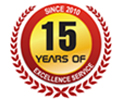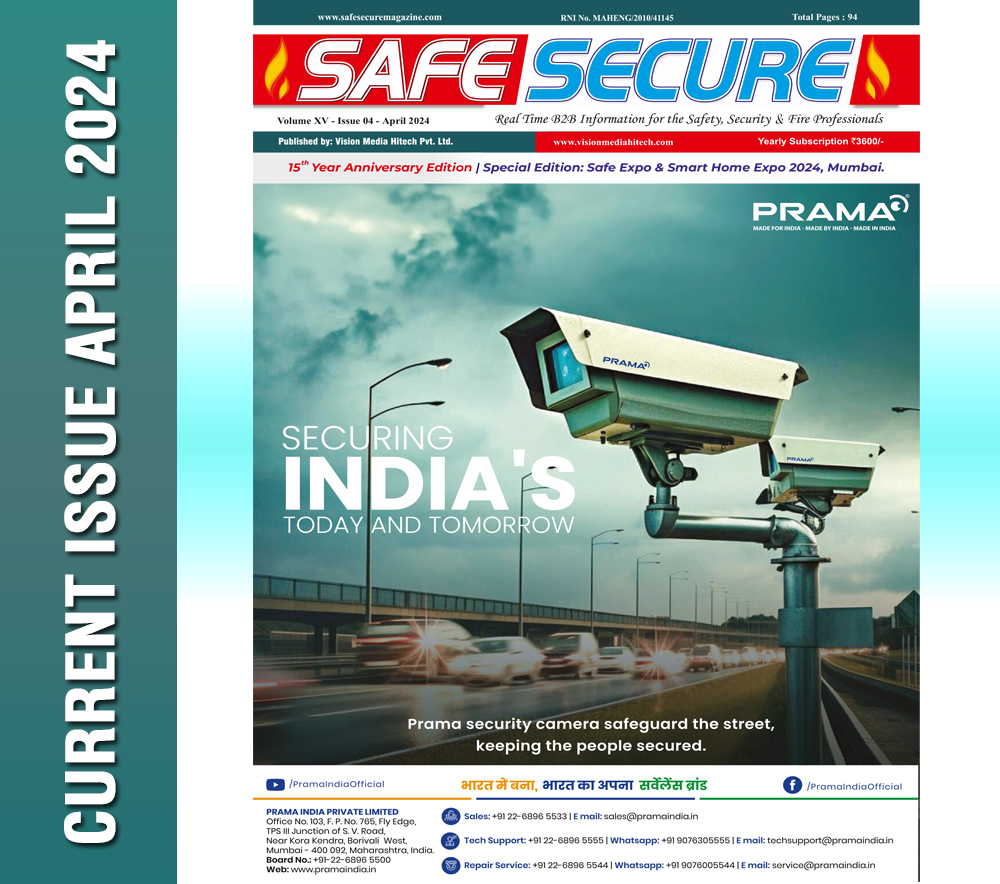What is a Confined Space?

Dr. Neeraj Sharma
Sr HSE Professional
OSHA defines "a confined space" as any enclosed or partially enclosed space that fulfils certain criteria. A confined space is:
- • Not necessarily designed for people
- • Large enough for workers to enter and perform certain jobs
- • Limited or restricted means of entry and exit
- • Not designed for continuous occupancy
Some examples of confined spaces include:
- • Tanks and vessels
- • Silos and storage bins
- • Hoppers
- • Vaults
- • Pits
- • Manholes
- • Tunnels
- • Equipment housings
- • Ductwork and pipelines
- • Crawlspaces underneath structures
Additionally, spaces that contain certain hazards are considered permit-required confined spaces. These are spaces that have at least one of the following features:
- • A hazardous atmosphere, or the potential for one
- • Materials that could engulf an entrant
- • Walls that converge inward or floors that slow downward and taper into a smaller area and could trap or asphyxiate an entrant
- • Any other recognized safety or health hazard, like intense heat or exposed live wires
Unfortunately, many people who work in confined spaces don't recognize them as such and, therefore, enter without taking the necessary precautions. This is why it's important for companies to provide adequate confined space training, written policies and procedures, and check sheets.
What to Consider Before Entering a Confined Space
There are a number of key things to review before entering a confined space, and we've compiled the top seven. They're listed in no particular order, but they're all highly important.
1. Entry and Exit Plan
While it may seem obvious that a worker has to enter and exit the space, doing so isn't always as easy as it seems. It's important to devise an entry and exit plan for confined spaces. Confined spaces can be difficult to maneuver - even just fitting into these spaces can be a challenge in and of itself. So, workers need to have a clear understanding of how they will get in safely and get out once the work is done
2. The Atmosphere
Because of their nature, the atmosphere in confined spaces is often very different than the one found in ventilated spaces designed for human comfort. Deadly gases can be trapped inside, decomposing organic materials can release toxic fumes, and chemical reactions like rust can crowd out the oxygen workers need to breathe safely.
Before anyone enters a confined space, the atmosphere must be tested using equipment designed to detect chemicals and gases that may be present. The tests should be conducted at levels well below the defined exposure limits and carried out by someone trained and knowledgeable on the use of gas meters. The equipment should also be bump tested and callibrated to ensure its readings are accurate.
OSHA mandates testing the atmosphere in the following order:
- 1. For oxygen
- 2. For combustible gases
- 3. For toxic gases and vapors
The space should be tested regularly to ensure atmospheric conditions remain safe. If workers exit a space and later need to re-enter, the atmosphere needs to be tested again. Continuous monitoring of the space is ideal.
3. Lighting
Confined spaces don't usually include overhead lighting for worker convenience, and moving around in dark spaces can increase the risk of slips, trips, falls, and other accidents. Workers can't avoid these kinds of hazards if they can't see them, so make sure they're equipped with light sources that are specifically approved for confined space environments.
4. Equipment Function
Damaged equipment may not operate effectively and could put workers at risk. Health and safety professionals recommend inspecting equipment regularly to make sure it's in good shape. Keeping workers safe is the top priority here, so make an honest assessment of what kind of shape the equipment's in, even if it means having to delay the work or buy a replacement.
Part of maintaining equipment means storing it properly. Equipment that gets thrown around can be compromised, sometimes without showing any obvious signs of damage. Storing all confined space equipment in a single trailer, which can then be hooked up to a truck and towed to the site, is a great way to ensure equipment is well cared for and continues to function as it should.
5. Confined Space Conditions
Is the space at height? Is it underground? Are the walls sloped or is there overhead material that could collapse? These are questions that you need to address prior to letting anyone entering the confined space.
Will the workers face a risk of engulfment, entrapment, flooding, or fall from height? If so, they need to have the right PPE and be briefed on dealing with the specific hazards.
6. Rescue Plan
According to the Canadian Centre for Occupational Health and Safety, rescuers account for an estimated 60% of confined space fatalities. It's safe to say, then, that having a well thought out rescue plan is critical.
Rescue procedures should be established before entry and should be specific to the type of space involved. All personnel should be trained on emergency procedures and a written plan should be in place. All employees should be aware of potential hazards and untrained workers should never attempt a rescue.
Employees who are tasked with performing confined space rescues must be provided with the PPE and equipment to do it safely, as well as training in the proficient use of that equipment. Employers must evaluate the rescuers' ability to respond in a timely manner, based on the specific hazards found in the site's confined spaces. Standby rescue teams must be close enough to respond quickly, typically in under five minutes.
Practice makes perfect. Rehearse the rescue procedures frequently to ensure rescuers are proficient enough to eliminate life-threatening rescue attempts. Rescuers who are comfortable with their duties also tend to be calmer and more efficient when responding to an emergency.
7. Communication
Communication is often overlooked, but it's an essential part of a safety plan for confined space work. You must consider communication between those inside the space, between those in the space and those outside it, and with emergency services.
Each confined space entry operation should include a trained attendant who remains outside the space but present at it for the entire duration of the entry. The attendant and the entrants must remain in communication the whole time.
Ideal communication devices for confined spaces should meet the following criteria:
- • Hands-free
- • Wireless
- • Full-duplex
- • Independently powered
- • Integrated with hearing protection
While many prefer wireless systems, they can result in connectivity and reception problems when there is no line of sight. Hard-line intercom systems offer some of the best communication for confined space operations. They are full duplex and use wires to interconnect headsets and components, forming an intercom system between up to 10 workers. Initial and operating costs are low and non-line-of-sight communication is guaranteed, making this a strong option for keeping workers safe.
Conclusion
Given the risks associated with work in confined spaces, it's imperative that employers take training seriously. Far too many companies emphasize increasing performance and productivity to simply get the work done, failing to adequately train their workers on proper procedures, hazards, and precautions.
Workers who receive sufficient training are more likely to identify and control for confined space hazards and to get the job done safely.
(This "EXPERT TALK" Published in February 2023 Edition)












